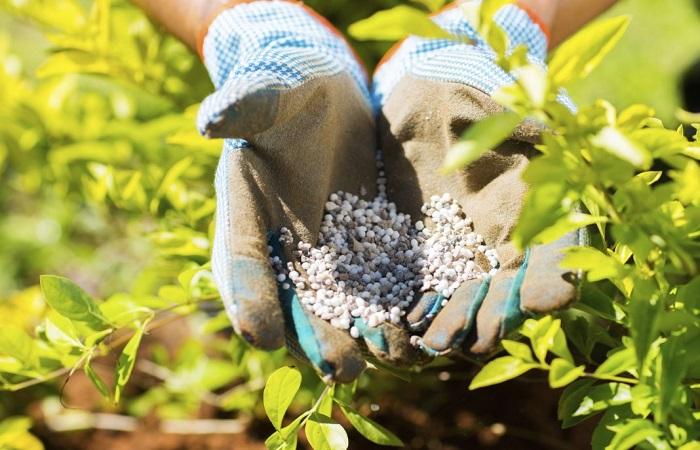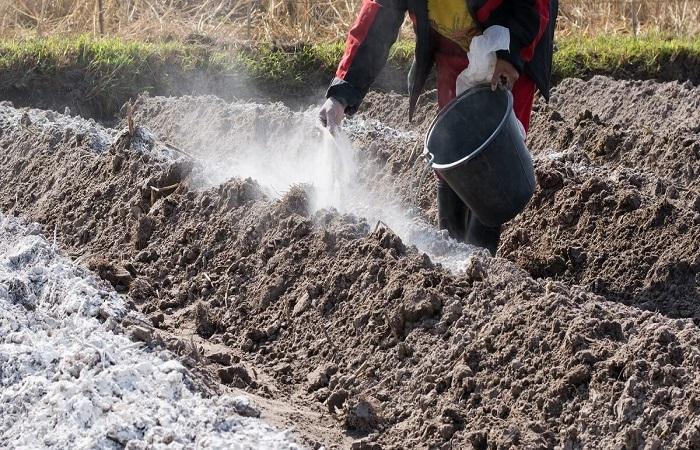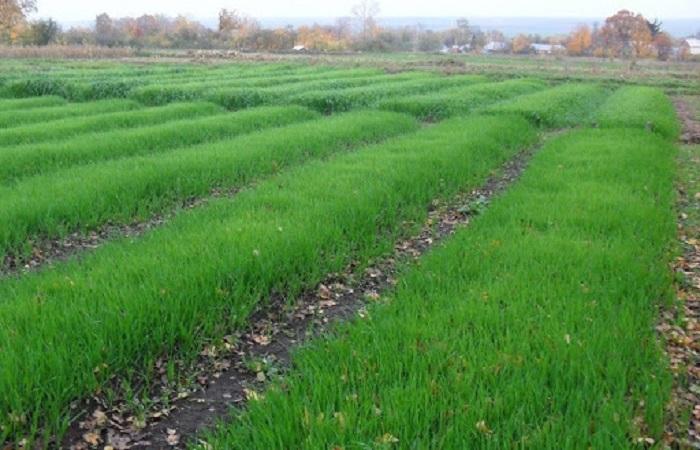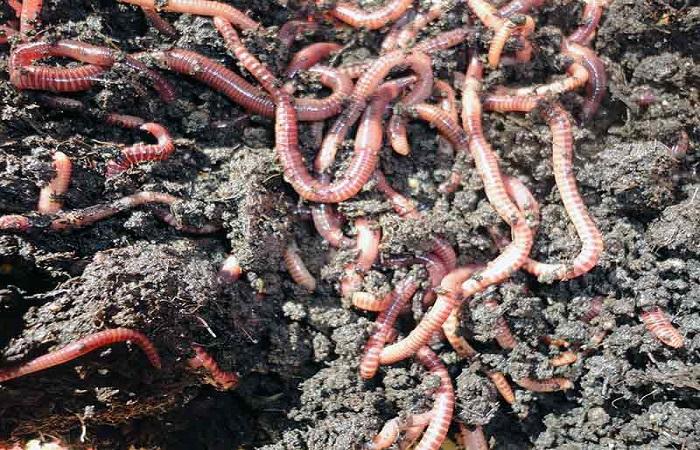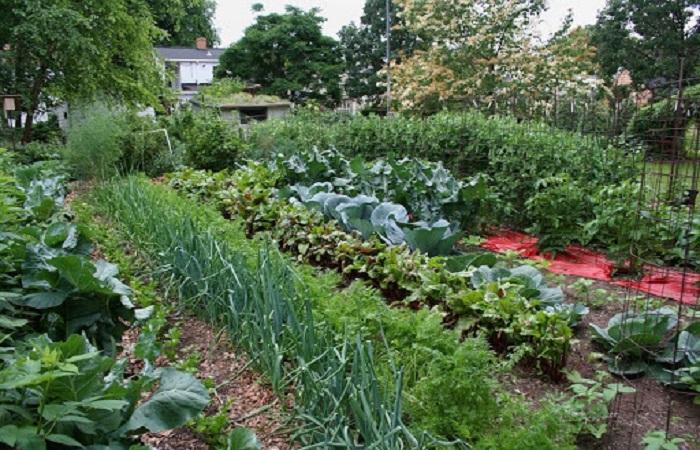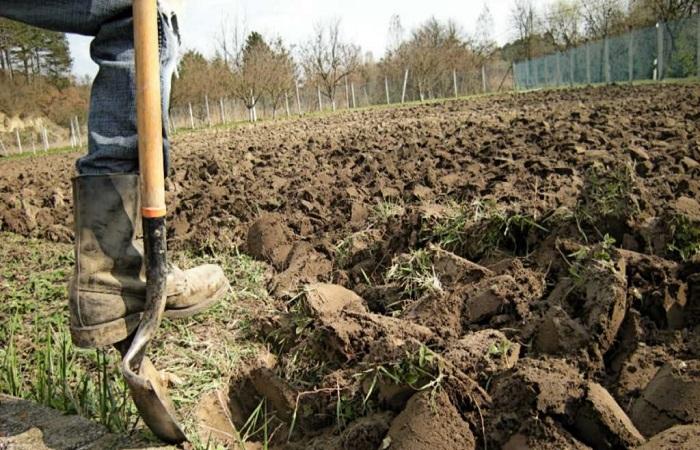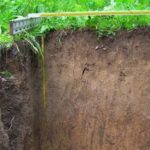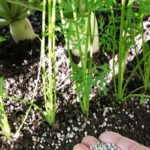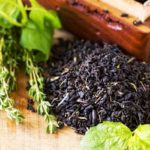Soil fertility determines how well plants will develop and bear fruit in them. There are several ways to improve performance. Let's consider a set of measures to improve podzolic soils: fertilizing, liming, land reclamation, growing green manure, maintaining crop rotation, creating vermicompost and improving with mixed plantings. And also mistakes that should not be made.
Fertility assessment
Podzolic soils contain 3-7% humus, the thickness of the humus layer is up to 10 cm, and their overall fertility is generally low.The composition is dominated by fulvic acids and contains a low percentage of essential nutrients and microelements. In terms of acidity, the upper layers of soils of this type are classified as acidic and strongly acidic (pH 4.0-5.5).
Soddy-podzolic soils do not drain water well enough and can become swollen. In terms of mechanical composition, these soils are predominantly sandy and sandy loam, less often loamy. Cultivated soddy-podzolic soils have a fine-lumpy or granular-lumpy structure.
How to improve podzolic soils
To improve the fertility of such soils, it is necessary to apply various agricultural practices. Let's look at each of them in more detail.
Fertilizers
The application of mineral and organic fertilizers is one of the main methods of increasing soil fertility. From organic matter, manure, a mixture of manure and peat, compost or humus are added to them. On light and medium loams, 3 kg of organic matter per square meter should be added. m. In this case, 15 g of nitrogen, 7.5 g of phosphorus and 18 g of potassium enter the soil for each meter. On clays, add 4-6 kg of organic matter per square meter. m. Organics improve the water properties of sandy loam, clay and loam, aerate and loosen, this helps them become more saturated with air.
Liming
The acidity of podzolic soils is reduced by adding lime. The substance not only normalizes acidity, but also improves structure, aeration, the level of heat and water absorption, and the conditions in which soil microorganisms develop.The dose of lime depends on the mechanical composition of the soil and acidity (in g per sq. m.):
- sandy and sandy loam – 100-300;
- light and medium loams – 250-550;
- heavy loams and clays – 400-700.
Lime must not only be scattered on the ground, but it must be dug up along with the soil. In addition to the lime itself, you can use ground dolomite, calcareous tuff, wood or shale ash, and fertilizers with calcium and magnesium for liming. After liming, it is necessary to apply fertilizer.
Land reclamation
Since moisture accumulates in soddy-podzolic soils, they are wet and flooded. Draining will help remove excess moisture and make the soil more suitable for growing plants.
Drainage is carried out using the following methods: installing a drainage system that constantly removes water, building a well or decorative pond, lifting the soil and leveling the area.
Green manure
Green fertilizer can also be used on soddy-podzolic soils. Legumes, grain green manures and phacelia can be sown in the plots. For 1 sq. m. you need to spend 10-20 g of seeds, that is, 1-2 kg per hundred square meters. Herbs are sown after the harvest of early vegetables, mowed and buried in the fall.
Green manure perfectly enriches the soil with organic matter, which is formed after decay, and the soil structure improves. Sandy soil becomes more cohesive, and clay soil becomes loose. After digging up the green manure mass, a volume of organic matter is added to the soil that is comparable to adding 3-4 kg of manure per square meter. m.
Crop rotation
On well-groomed and cultivated soils of this type, all vegetable and garden crops can be planted if the acidity has been reduced.Otherwise, only species that grow well in acidic soil can be planted. Beans, grains, cucumbers, herbs and onions, root vegetables, and tomatoes are especially sensitive to acidity.
Vermicultivation and vermicompost
Earthworms that produce vermicompost also increase soil fertility. Worms are bred in boxes, and the mass they process is poured onto the beds. Fertilizer accelerates seed germination, plant growth and development accelerates, the growing season is shortened, and the harvest can be harvested 2-3 weeks faster. Plants become stronger, their immunity is strengthened, they tolerate bad weather better, and resist infections. Productivity increases, products become better in quality.
Mixed plantings
The essence of the method is that next to the plants of the main crop, an accompanying crop is planted in the beds, the proximity of which leads to an improvement in the condition of the crops, a reduction in disease, and an improvement in the taste of the harvested fruits.
Medicinal and spicy herbs are added to the main crops; they are sown in rows along the paths. During the flowering period, they attract bees, which pollinate the plants, which significantly increases the formation of ovaries.
Newbie mistakes
Common mistakes are: not carrying out liming, incorrectly determining the degree of acidity or dose of lime, not applying organic and mineral fertilizers every year, without which plants on soddy-podzolic soils do not produce a good harvest.
The next mistake is that when digging, some gardeners dig up the soil too deeply, raising the podzolic layer and mixing it with humus, as a result of which the fertility of the soil decreases. Therefore, when digging, you should not bury the shovel too deeply into the soil.
They also make a mistake when choosing a crop that will grow this year; You cannot grow the same crop in one place for several seasons; this avoids the spread of common pests and diseases.
Soils of the podzolic type are not naturally fertile; without cultivation and constant care they will not be fertile. But for use in garden plots, you can use some agricultural techniques to increase soil fertility. It is recommended to carry out the proposed work, since the complex effect of agricultural methods will be greater than from any one method.
The most important and necessary are 2 methods - liming and fertilizing. Basic and additional feeding should be carried out every year, regardless of what crop is being grown. Fertilizers are also applied even if the site remains fallow or it is planned to grow green manure. Unspent nutrients will then be used by the future crop.

